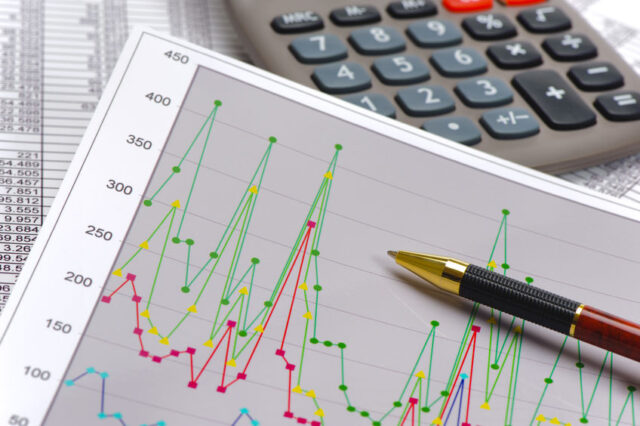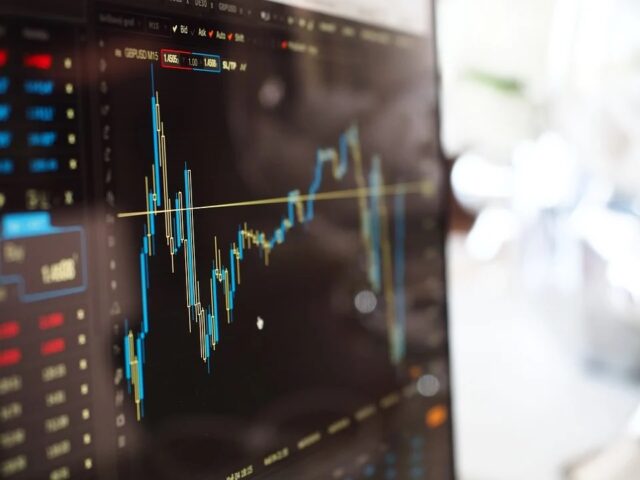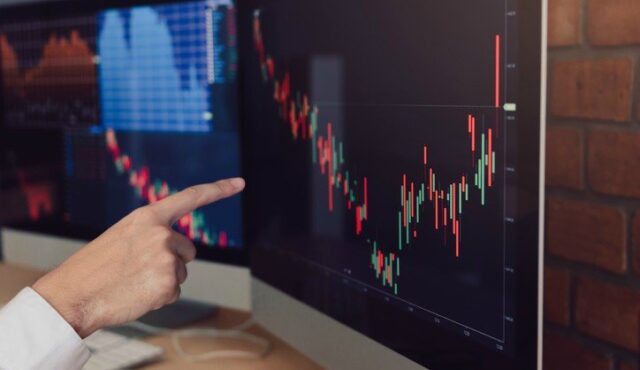
Trading is an art almost everyone seems to be indulging in for quite a while now, especially now when the job market has not been in the favor of a large section of the population. Trading may seem complicated if you are a beginner, but truth be told, trading smartly as well as strategically would reap the trader profits.
The strategies to be implemented are not just one, but a few, which help generate the best outcomes. Experience in trading really does educate one with more strategies with time. Below are a few strategies that would help decide whether the trading strategy being used is beneficial or not.
1. Watch out for fluctuating market conditions

Markets are volatile, where on some days they may benefit you while on other days they may not. Therefore it is very important to acknowledge this change as the strategies must have the ability to be easily modified to change along with the fluctuations.
For instance, a long-time trader has a certain list of strategies that he may use and has planned out at the beginning of his trading journey that he wishes to adhere to. Due to the instability in the financial markets, his daily strategies also have to be modified even though he may not wish to do so.
In short, a good trading strategy would be able to change with great ease such that it can adapt to the new changes in the market while a bad trading strategy may not benefit the trader for a long time or to the potential to which it could actually benefit him.
2. Keep your strategies original

Many traders tend to ape other traders who seem to be doing well in the market, without actually researching the dynamics of the field. This does not help a trader for a very long time.
Therefore, a good trading strategy of a trader must be a personal one. In other words, the trading strategy must be brought about after some intense research as well as the intuition of the trader before coming up with a strategy.
Risk management is a good trading strategy that must be applied when it comes to trading. This too involves personal inputs and interpretations that the trader must feel confident of going forward with. To apply such strategies, find more information here.
3. Set your expectations before trading

The expectations of a trader are something that arise right before the trading strategy is chosen by him. Thus a poor trading strategy would generate an undesirable result while a great trading strategy would generate a bountiful return.
Expectations are usually calculated with the help of a formula. The mathematical formula includes subtracting the product of the loss percentage and the average loss size from the product of the gain percentage and the average earned size.
On utilizing this calculated formula, a trader can determine what he can expect from a single trade. The frequency of profits or the amount of time you secure profits doesn’t matter much. But the strategy created based on expectations helps in the long run.
4. Fit in with traders preferred time

The strategy that is being implemented must work according to the forex trading sessions that the trader is comfortable with. Forex trading happens 5 days a week for a span of 24 hours. Thus the retail trader must ensure that the trading strategy that he implements must generate continuous profitability during this time span to receive the expectation or target he has set for himself. Moreover, the trading time must suit the working time the trader is willing to give as the trader can’t trade for 24 hours continuously with no breaks.
5. Flexibility of Strategy

Having a flexible strategy is very important as it helps determine how well the trader can adapt during harsh trading times. This could involve a change in market conditions, change in trading laws or rules, or even certain external factors.
The strategy depends on a lot of factors and not just one. This is why the strategy must be able to modify itself within a short span of time so as to benefit the trader while avoiding heavy losses in the process.
May the trader be a day trader, position trader, scalper, or even a swing trader, all require implementing flexible strategies. An important point to consider is that the type of strategy being implemented depends on the type of trader involved in trading.
For instance, the trading a scalper is involved in includes opening and closing a position within a short span of time that usually lasts a few minutes. On the contrary, a swing trader using this same strategy would not benefit from the whole trade as much as a scalper would.
6. Gaining information on trading and its related components

Entering the world of trading without having basic knowledge of the trading procedures and creating strategies straight away is a bad move. Studying the history of certain trades as well as keeping up with the latest happening in the stock market is vital.
Without doing so, the trader would lose out on making profits as well as end up enduring both short-term and long-term losses. Hence, a good trading strategy must be drawn out after reviewing various trading aspects such as the economic status, current interest rates, stock market events, stock market news, and much more.
Summing It Up
Trading involves a huge amount of uncertainty that comes along with the profits that it brings. Thus it is highly essential to make sure that the trading strategies used are not only smart but work for the trader at that point in time.
Looking into the market condition is very important before making any decision. Prior to that, the expectations must be set according to the market as well as one’s intuition. We hope the above tips gave a better insight into what a good and bad trading strategy is and one that would help you out in your next trading endeavor.
Visit Vectorvest for more tips on day trading and the stock market.







